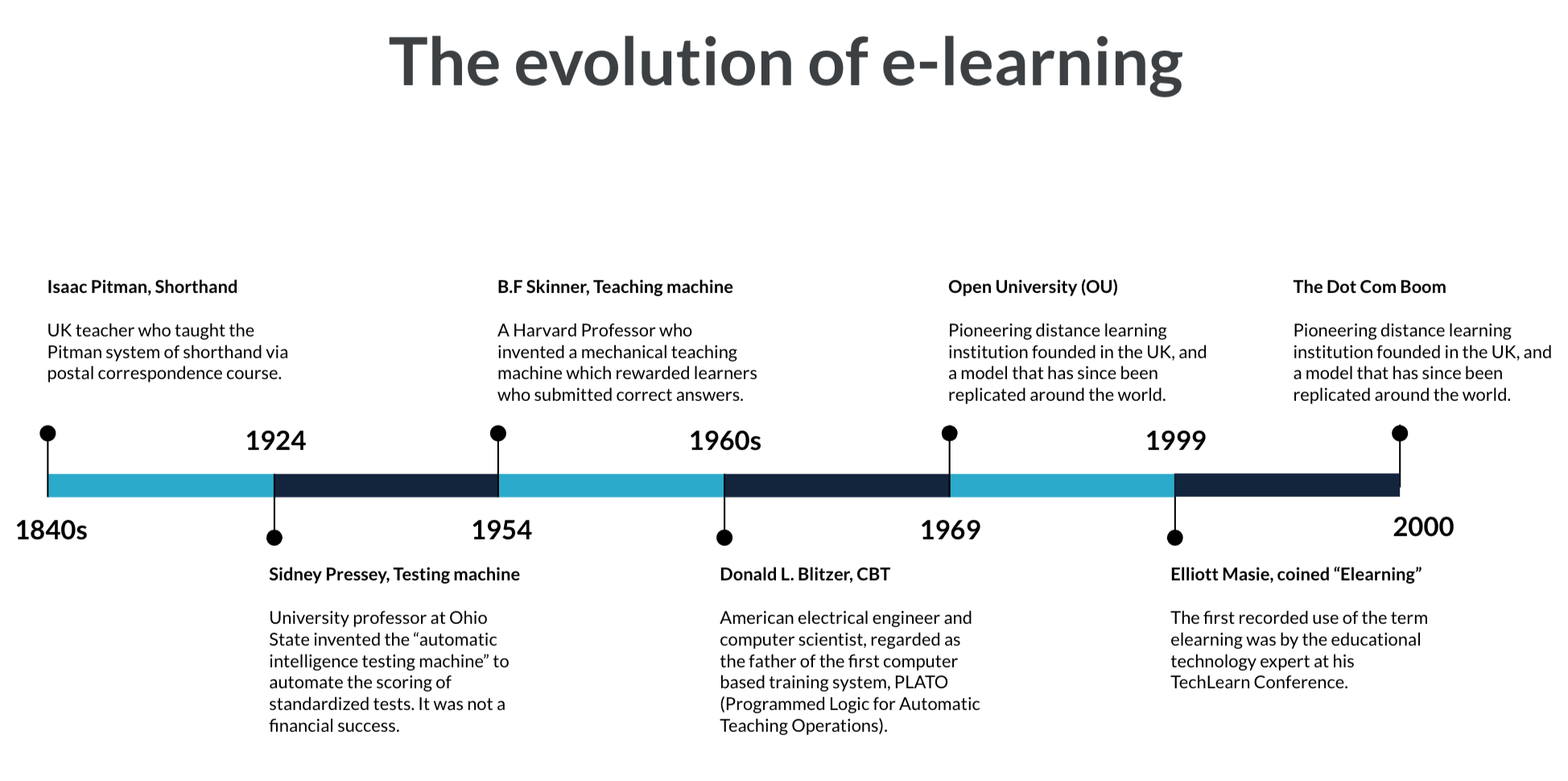How to Make Time for Learning—Without Losing Productivity
Find out how to prioritize continuous learning to influence business outcomes and reach your own professional goals.
Updated May 2020 · 6 min read
Topics
RelatedSee MoreSee More
How to Learn Machine Learning in 2024
Discover how to learn machine learning in 2024, including the key skills and technologies you’ll need to master, as well as resources to help you get started.
Adel Nehme
15 min
Becoming Remarkable with Guy Kawasaki, Author and Chief Evangelist at Canva
Richie and Guy explore the concept of being remarkable, growth, grit and grace, the importance of experiential learning, imposter syndrome, finding your passion, how to network and find remarkable people, measuring success through benevolent impact and much more.
Richie Cotton
55 min
OpenCV Tutorial: Unlock the Power of Visual Data Processing
This article provides a comprehensive guide on utilizing the OpenCV library for image and video processing within a Python environment. We dive into the wide range of image processing functionalities OpenCV offers, from basic techniques to more advanced applications.
Richmond Alake
13 min
An Introduction to the Mamba LLM Architecture: A New Paradigm in Machine Learning
Discover the power of Mamba LLM, a transformative architecture from leading universities, redefining sequence processing in AI.
Kurtis Pykes
9 min
A Beginner's Guide to Azure Machine Learning
Explore Azure Machine Learning in our beginner's guide to setting up, deploying models, and leveraging AutoML & ML Studio in the Azure ecosystem.
Moez Ali
11 min
ML Workflow Orchestration With Prefect
Learn everything about a powerful and open-source workflow orchestration tool. Build, deploy, and execute your first machine learning workflow on your local machine and the cloud with this simple guide.
Abid Ali Awan



